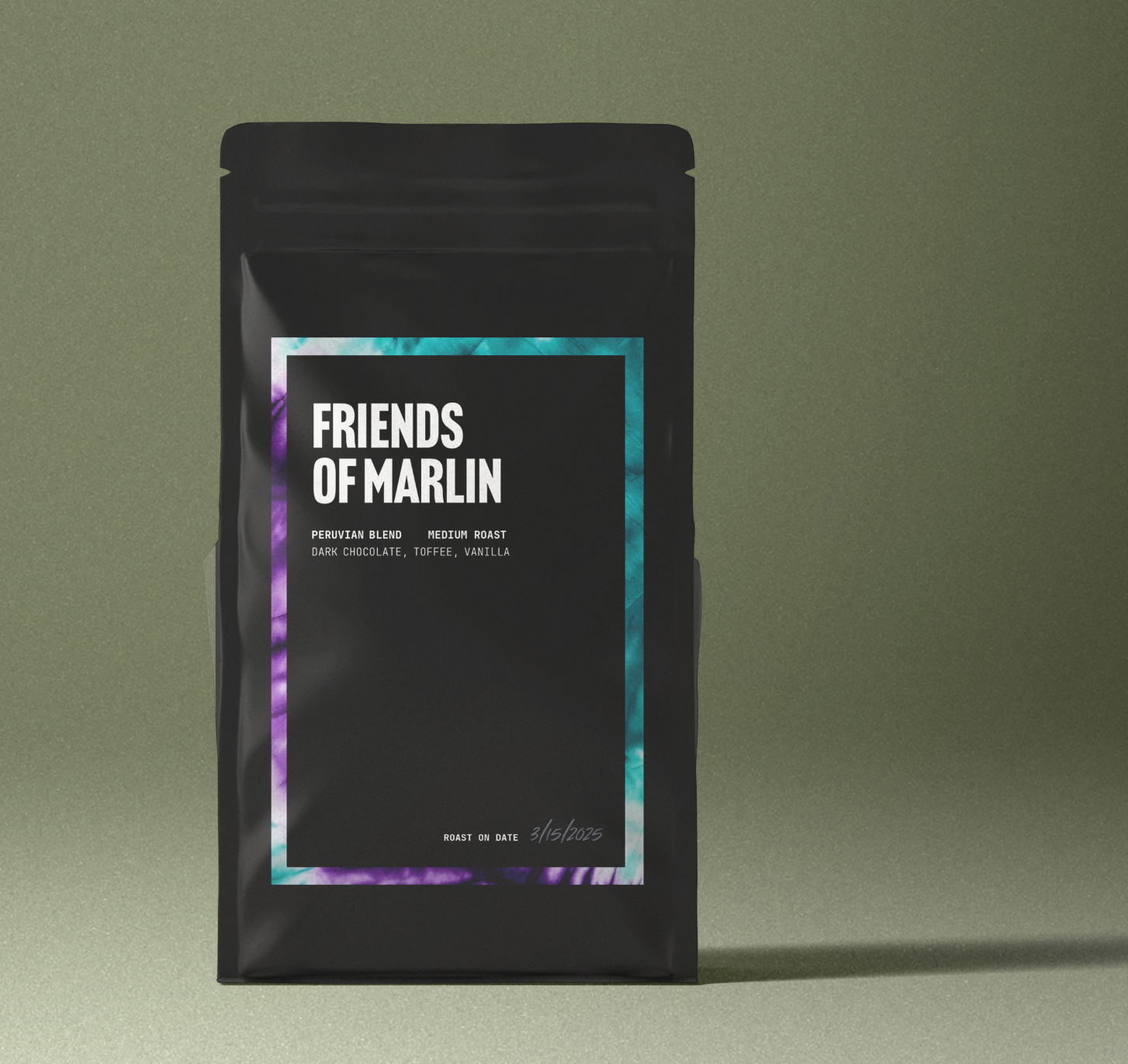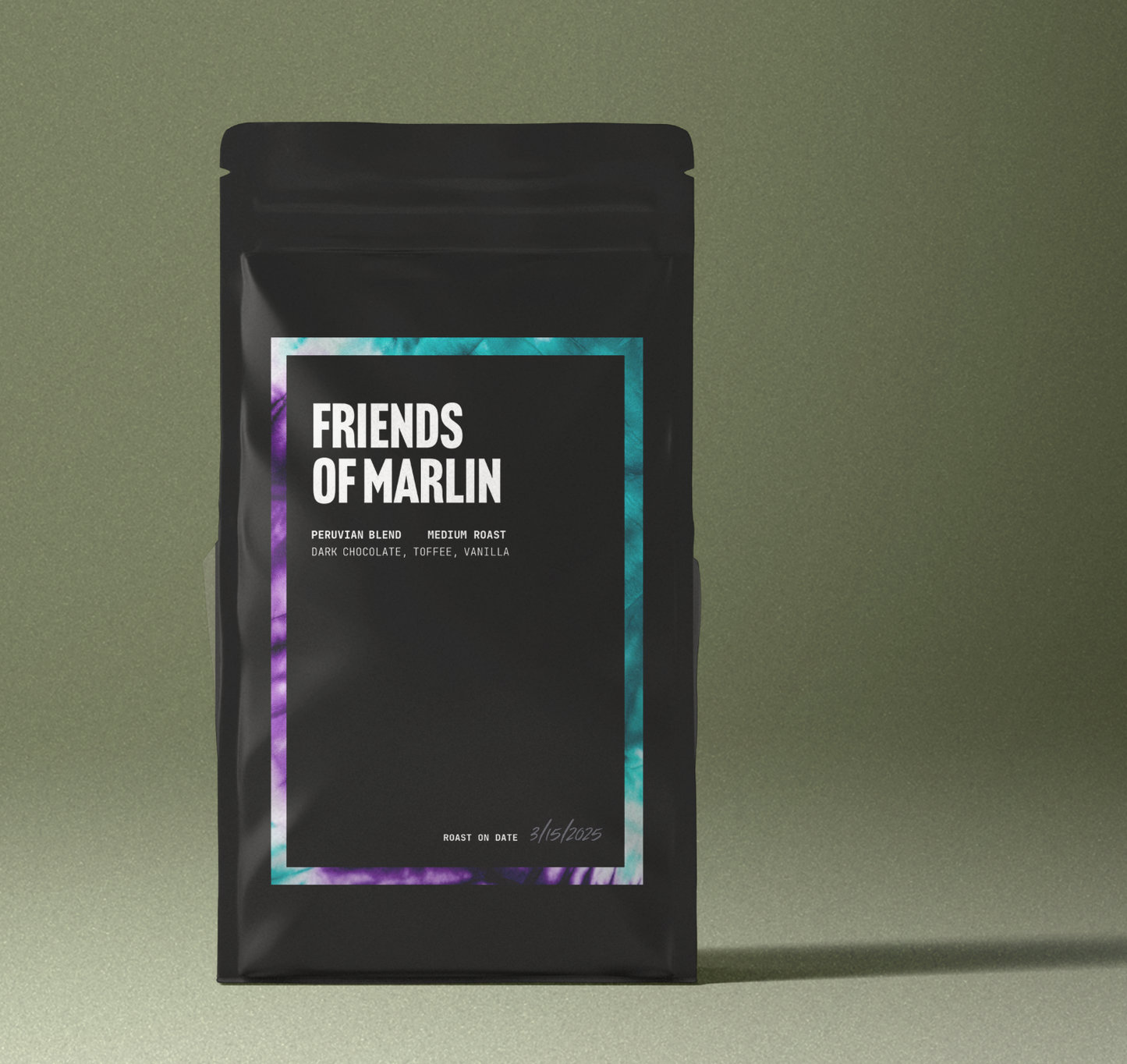
From Cherry to Bean: Coffee Processing Methods
Share
From Cherry to Bean: A Deep Dive into Coffee Processing Methods
Coffee is more than a beverage; it's a global ritual woven into the fabric of countless cultures. Yet few consumers realize that the flavor in their cup is shaped long before the beans ever meet a roaster. Once ripe coffee cherries are harvested, producers must decide how to transform the slippery, sugar-rich fruit into a stable, green seed that can survive transoceanic shipping and months of storage. This transformation—known as post-harvest processing—is the most consequential decision a coffee farmer makes. Processing determines sweetness, acidity, body, and the expression of terroir just as decisively as altitude or cultivar.
Over the past two decades, the specialty coffee movement has sparked an explosion of innovation in coffee processing methods. What began as three canonical approaches—washed, natural, and pulped natural—has evolved into a kaleidoscope of anaerobic ferments, carbonic macerations, yeast inoculations, and even koji-driven transformations inspired by Japanese sake brewing. This guide unpacks the science, craft, equipment, sustainability, and flavor impact of both traditional and experimental methods, offering roasters, baristas, and curious drinkers a comprehensive reference for understanding specialty coffee production.
1. Washed (Wet) Process
The washed process, also known as the wet process, is prized for producing clean, bright cups that showcase varietal character and the coffee's terroir. Immediately after picking, cherries are floated in water to remove underripes and debris. Then they are depulped to strip away the outer skin and most of the fruit. The sticky layer of mucilage that remains is broken down either biologically—via fermentation tanks—or mechanically with demucilagers that use friction and minimal water. This method is part of a broader system of coffee fermentation techniques that impact the final flavor profile.
Sorting & Flotation – Ripe cherries sink; floaters are discarded. Depulping – A drum pulper removes the outer skin. Fermentation – Beans rest 12–72 hours in fermentation tanks where microbes digest mucilage. Washing – Clean water channels rinse away loosened sugars. Drying – Seeds dry on patios, raised beds, or mechanical dryers to ~11 % moisture.
Flavor Profile: Expect sparkling acidity, articulate flavor notes (citrus, florals, stone fruit), and a lighter body. East African coffees, particularly from Ethiopia and Kenya, are celebrated examples of high acidity coffee with clear flavor articulation.
2. Natural (Dry) Process
The natural, or dry process, is humanity's oldest coffee processing method, still common in Ethiopia, Brazil, and Yemen. Whole cherries dry intact, allowing sugars and volatiles from the fruit to migrate into the seed. The result can be wildly fruity or, if mishandled, unpleasantly fermented. Drying techniques for natural process coffee are crucial to avoid defects and preserve coffee flavor profiles.
Harvest & Sorting – Selective picking is vital; overripe or damaged fruit can ruin a lot. Sun-Drying – Cherries are spread on patios or raised beds for 15–30 days, turned frequently.
Hulling – Once moisture stabilizes, the desiccated husk is milled away.
Flavor Profile: Naturals often burst with berry notes (blueberry, strawberry), wine-like acidity, and syrupy body. They polarize palates—beloved for intensity, criticized for lack of clarity.
3. Honey (Pulped Natural) Process
Honey processing bridges washed and natural methods. After depulping, producers skip the fermentation wash and dry the parchment coffee with varying amounts of mucilage attached. The sticky sugars resemble honey, giving the method its name.
Color Spectrum:
· White/Yellow Honey – 80–90% mucilage removed; cup leans toward washed clarity.
· Red Honey – 50% mucilage; balanced fruit and sweetness.
· Black Honey – Minimal removal; dried slowly under shade for jammy, intense cups.
Flavor Profile: Expect honeyed sweetness, medium acidity, and rounded fruit tones like apricot or mango. The mucilage levels directly influence the final coffee acidity and sweetness.
4. Wet-Hulled (Giling Basah)
Unique to Indonesia, wet-hulling accelerates drying in humid rain-forest climates. Farmers depulp cherries and partially ferment overnight, then hull the parchment at ~30% moisture—well above the 11% typical elsewhere. The soft, swollen green coffee beans finish drying as exposed seeds.
Flavor Profile: Cup character is earthy, herbal, and low-acid with a heavy body—hallmarks of Sumatran Mandheling or Sulawesi Toraja coffees. This technique introduces regional identity and distinctive flavor profiles, although it may increase physical coffee defects.
5. Anaerobic Fermentation
Anaerobic processing involves sealing cherries or parchment in oxygen-limited tanks or GrainPro bags. Microbial activity shifts toward anaerobes, producing exotic acids and esters. Coffee fermentation tanks are essential equipment in modern specialty coffee production.
Flavor Profile: Expect punchy tropical fruit, wine gums, and effervescent acidity—sometimes reminiscent of kombucha.
6. Carbonic Maceration
Borrowed from Beaujolais winemaking, carbonic maceration (CM) immerses whole cherries in CO₂-rich tanks. Internal enzymatic fermentation breaks down fruit from the inside before seeds are washed and dried.
Flavor Profile: CM coffees often sparkle with champagne-like acidity, floral aromatics, and bubble-gum or raspberry notes. A bold expression of coffee flavor profile.
7. Lactic Fermentation
Producers inoculate tanks with lactic acid bacteria (LAB) or cultivate indigenous strains under controlled conditions. LAB metabolize sugars into lactic acid, yielding creamy mouthfeel and yogurt-like tang. Thisis a unique subset of coffee fermentation.
Flavor Profile: Creamy body, tropical acidity (pineapple, papaya), and lingering sweetness.
8. Yeast-Inoculated Fermentation
Inspired by craft beer, some mills add commercial or wild yeasts selected for desired ester profiles. Inoculation accelerates fermentation and enhances consistency, particularly important in specialty coffee production.
Flavor Profile: Enhanced clarity, floral aromatics, and ripe stone-fruit sweetness.
9. Koji (Aspergillus oryzae) Fermentation
Koji molds, revered in sake and miso, secrete enzymes that decompose starches and proteins. Applied to coffee cherries or parchment, koji fermentation completes mucilage breakdown in as little as 16 hours, unlocking umami-rich flavors.
Flavor Profile: Layers of caramel, malt, and umami reminiscent of dark chocolate or soy sauce.
10. Thermal Shock & Double Fermentation
Thermal-shock protocols alternate hot and cold baths to stress microorganisms, followed by extended anaerobic fermentation. This technique enhances microbial activity and precision in fermentation.
Flavor Profile: High clarity, perfumed florals, and layered fruit sweetness—elderflower, violet, and ripe plum.
11. Other Experimental Techniques
- Fruit-Infused Ferments – Add passion fruit, cocoa pulp, or cascara to shape microbial profiles.
- Barrel Aging – Green coffee aged in whiskey or wine barrels for vanilla and oak notes.
- Salt-Water Soaks – Hyper-saline solutions modulate osmotic pressure to suppress spoilage organisms.
12. Sustainability & Environmental Impact
Coffee processing carries significant ecological footprints—especially water use, energy, and organic waste. Washed coffee processing can consume up to 40 L of water per kilogram of green coffee beans. Innovations in sustainable coffee processing, like closed-loop water systems and solar-powered dryers, are crucial. Honey and natural processes save water but demand space and dry weather. Certifications and Carbon Footprint labeling are emerging tools to increase transparency.
ents and proprietary processing techniques raise ethical questions about accessibility.
From the sun-drenched natural beds of Ethiopia's Guji Zone to the CO₂-pressurized tanks of Colombian carbonic maceration labs, coffee processing is an evolving art and science. Each method defines the coffee flavor profile, sustainability, and commercial viability of the final cup. For consumers and professionals alike, understanding processing means appreciating the full journey from cherry to green coffee beans. Whether you prefer the syrupy intensity of a natural Yirgacheffe or the sparkling acidity of a washed Kenyan, remember: the magic of coffee begins long before the roast—through careful fermentation, drying techniques, and the mastery of coffee processing innovations.

